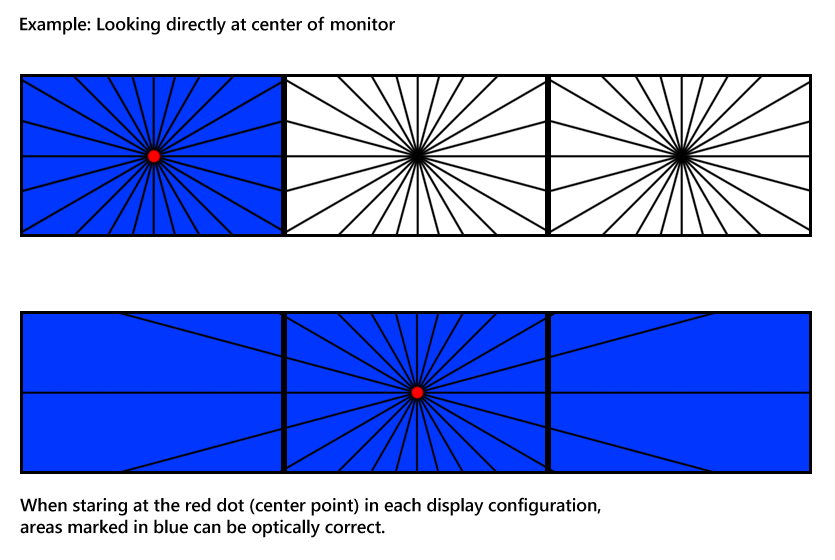No they don't. Some games may default to an FOV of 75, or cap at 100. BFBC2's default FOV according to the .ini file is 55.
BC2 exposes the fov vertically, not horizontally like some other games.
55 vertical fov effectively scales to something like 85 horizontal at 16:9. When you calculate the perspective, you don't need to scale the vertical fov for widescreen, just give it the aspect ratio.
![[H]ard|Forum](/styles/hardforum/xenforo/logo_dark.png)

















